The Ultimate Guide to Starting Your First High-Converting Email Marketing Campaign in 2025: A Step-by-Step Blueprint to Explosive Growth
1. What Is Email Marketing and Why Does It Absolutely Reign Supreme in 2025?
The Amazing Transformation of Contemporary Email Marketing
The world of email marketing has been through nothing less than a revolution over the last decade, evolving from the primitive, spray-and-pray bombs of the early 2000s to the highly evolved, AI-led communication giant it is today. Where we previously sent the same message to lists of people, today we roll out hyper-personalized efforts that change on the fly in response to every recipient's activity, interests, and history. The most sophisticated campaigns now use an arsenal of leading-edge technologies such as machine learning algorithms that scan thousands of data points to determine the ideal send time for every single subscriber, dynamic content blocks that automatically show the most appropriate products or offers based on previous purchases, and interactive AMP components that enable users to fill out surveys, answer polls, or even make purchases right within the email interface without ever loading a webpage.
Why Email Marketing Dominates Every Other Marketing Channel
When we look at the cold, hard facts, email's supremacy becomes clear. While social media sites continually shift their algorithms in ways that annihilate organic reach, and search engines change their ranking factors overnight, email is the only truly owned marketing channel where you have direct access to your audience. The numbers tell the story: email produces an average of 36forevery36forevery1 spent by Data & Marketing Association research, returning ROI that's 3-5 times greater than social media advertising. In contrast to social sites where your well-developed audience can disappear overnight because of algorithm updates, your email list is a permanent asset that becomes more valuable with every new subscriber. Maybe most crucially, email converts at shockingly higher levels than any other channel - while the typical ecommerce site converts at 2-3%, effectively executed email programs consistently realize 5-10% or greater conversion rates in targeted groups.
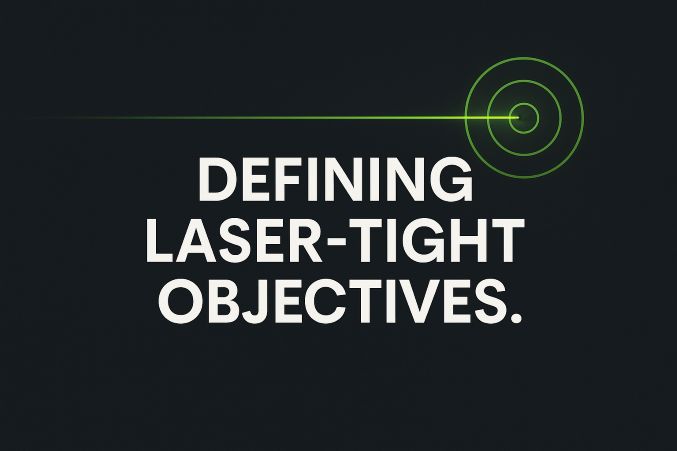
2. Defining Laser-Tight Objectives for Your Launch Campaign
The SMART Goal Template for Maximum ROI
Before you sit down to write a single word of your email copy or create your very first template, you need to spend considerable time setting crystal-clear campaign goals. Fuzzy objectives such as "get more sales" or "boost engagement" just won't work in today's competitive market. Instead, you need to use the strict SMART criteria that compel you to set goals that are Specific, Measurable, Achievable, Relevant, and Time-bound. For instance, rather than having "I want to build my email list," a SMART goal would be "Get 1,000 new qualified subscribers in 60 days by giving away a free industry report in exchange for email signups with a target cost per acquisition of less than $2." This kind of specificity allows you to effectively monitor progress, measure success, and make data-driven adjustments throughout your campaign.
Common Campaign Goal Categories
The majority of email marketing efforts fall into one of four major goal types, each with unique strategies and measures of success. Acquisition campaigns target list expansion and may measure success as cost per lead or opt-in conversion. Engagement campaigns seek to establish relationships and would monitor such metrics as open rates, click-through rates, and reply rates. Conversion campaigns generate direct revenue and should be tracking such metrics as conversion rate, average order value, and revenue per email. Retention campaigns fight churn and would be tracking repeat purchase rates and customer lifetime value. The most advanced marketers design layered campaigns that tackle multiple goals at once with well-sequenced messaging, but as a beginner, you'll get the best results by targeting one key goal per campaign.
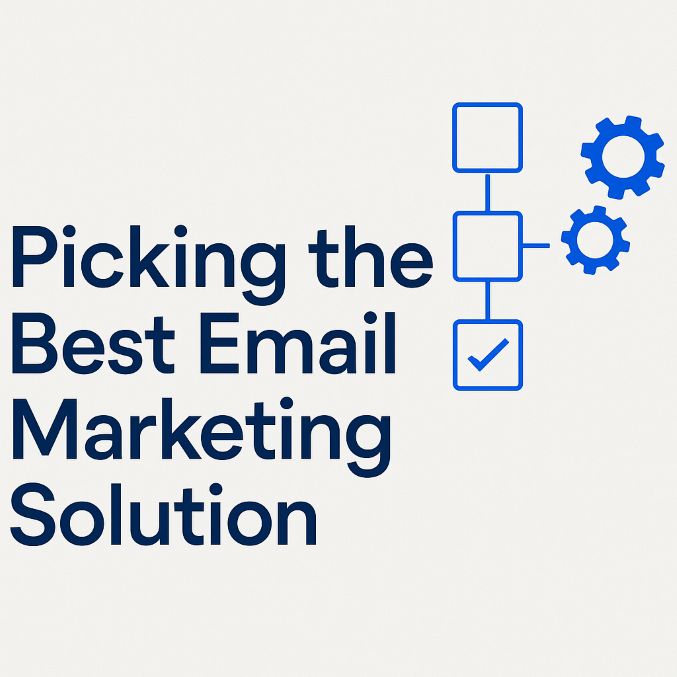
3. Picking the Best Email Marketing Solution for Your Purpose
The Top Email Marketing Software of 2025 Compared
Selecting a suitable email service provider (ESP) is probably one of the most important decisions you'll make, as switching later can be utterly painful. The "best" platform only relies on your individual needs, budget, and technical expertise. For solopreneurs and small businesses just beginning, Mailchimp is still a favorite due to its easy-to-use interface and large free plan, although its pricing escalates dramatically as your list increases. ConvertKit is the favorite among content creators and bloggers because of its visual automation builder and great deliverability. ActiveCampaign reigns supreme in the mid-market with its robust CRM integration and predictive sending features, whereas enterprise organizations tend to use solutions such as Salesforce Marketing Cloud or HubSpot due to their superior features and scalability.
Essential Platform Features You Can't Budge On
When considering potential platforms, there are a number of non-negotiable features that must be included in any solution you are considering. A powerful drag-and-drop email designer is a must unless you've got dedicated design resources, letting you design looking-good emails without needing to write code. Top-notch segmentation tools are important so that you can send the correct messages to the correct subscribers at the correct moment. Robust automation tools must let you develop complex customer journeys with branching logic based on the behavior of the users. In-depth analytics need to exceed simple open and click-through metrics to offer insight into conversion tracking, revenue attribution, and subscriber lifecycle metrics. Deliverability utilities such as spam testing, inbox placement tracking, and bounce management are absolutely paramount to guarantee your emails actually hit recipients' inboxes.

4. Creating a High-Quality Email List from Scratch
Ethical, High-Converting List Growth Strategies
Creating a good email list is as much an art as a science, needing a strategic methodology that delivers real value to prospects. The best lead magnets of today are not mere generic eBooks but interactive elements such as calculators, tests, or diagnostic quizzes that deliver tailored value. Well-converting landing pages utilize psychological triggers such as scarcity (limited-time deals), social proof (endorsements from customers of similar type), and straightforward benefit-focused headlines. Exit-intent popups that sense when visitors are leaving your site can recover 10-15% of abandoning traffic if done correctly. Multi-channel strategies that integrate website signup forms with social media lead ads, podcast CTAs, and even offline collection methods at events provide multiple touchpoints for list growth.
Catastrophic List-Building Mistakes to Avoid
Though it may be tempting to cut corners to quick list growth, there are a number of practices that can irreparably harm your email marketing campaign. Buying email lists may appear to be an easy way to get your campaign off the ground, but these contacts have not opted in to receive communications from you, leading to awful engagement rates that ruin your sender reputation. Adding contacts without clear consent is against GDPR and other privacy laws, putting you at risk of legal consequences. Employing manipulative opt-in tactics such as pre-checked boxes or obscuring unsubscribe links results in annoyed subscribers who mark your emails as spam. Concentrating on numbers alone fills your list with unengaged subscribers who damage your deliverability without bringing actual business value.
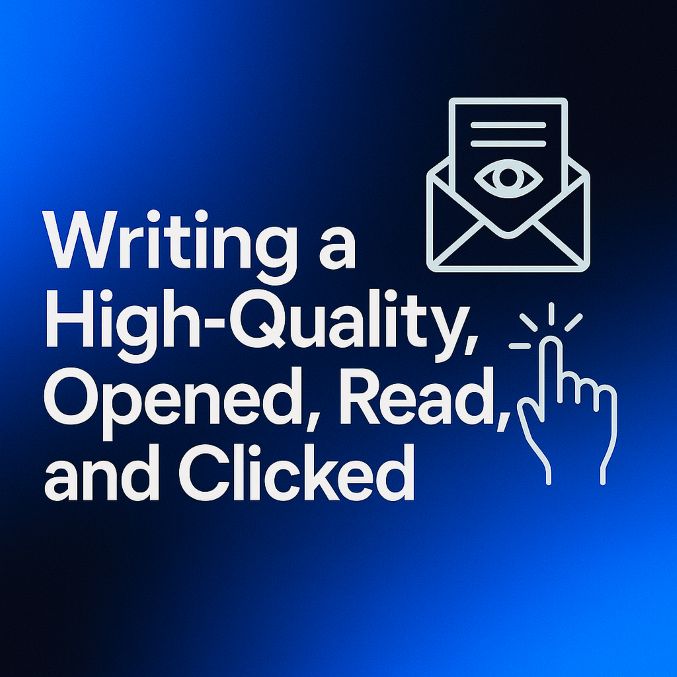
5. Writing Emails That Actually Get Opened, Read, and Clicked
The Anatomy of a High-Converting Email
Each component of your email needs to work in harmony to lead the reader to take your intended action. Your subject line is your initial and often sole opportunity to persuade an individual to open your email - it needs to generate curiosity, express value, or create a sense of urgency but be under 50 characters for best mobile viewing. The preheader text (the teaser visible after the subject line in most email clients) should build on and support the promise of the subject line and not fill space with boring "view in browser" messages. The body of the email should use the tried-and-true copywriting structure of grabby headline, interesting storytelling, clear demonstration of value, and solid call-to-action. Your CTA buttons need contrasting colors, action-oriented language ("Start My Free Trial" vs. "Click Here"), and prominent placement above the fold.
Psychological Triggers That Boost Engagement
Incorporating proven psychological principles can dramatically improve your email performance. The principle of reciprocity suggests including genuine value upfront (like useful tips or insights) before asking for anything in return. Social proof such as customer reviews, user figures, or logos of media organizations establishes credibility and trust. Scarcity and urgency (if used genuinely) instill fear of missing out that compels action - e.g., "Only 3 places left at this price" as opposed to spurious countdown timers. The decoy effect can make your desired option convert more by adding a conspicuously worse option (such as a high-priced "gold" package that makes your "silver" option look more reasonable).
6. Crafting Emails for Greatest Effect
Mobile-First Design Principles
As more than 60% of emails are now opened on smartphones, your designs need to favor mobile readability over everything else. This involves a single-column layout that's simple to scroll, body copy font sizes of no less than 14px, and tappable buttons with sufficient gap space (at least 44x44 pixels as Apple's human interface guidelines suggest). Compatibility with dark mode becomes more critical as most people have a preference for this view mode - refrain from using plain black backgrounds and check what your brand colors look like in reversed color schemes. Image usage must be balanced carefully; visuals can increase engagement, but too many or too large an image activates spam filters and delays loading times that lead to higher abandonment.
Accessibility Considerations
Accessible email design isn't only good practice - it's also becoming legally mandated in much of the world. Provide adequate color contrast (minimum of 4.5:1 for regular text) for visual-impaired readers. Always provide alt text for images that describes their function if they fail to load. Utilize semantic HTML organization with correct heading order for screen reader users. Don't use color-coding for critical information (such as "click on the red button") because colorblind individuals might not realize there is a difference. These tactics not only make your emails more accessible, but they even tend to enhance overall engagement rates by doing so.

7. Automating Your Email Marketing for Scalable Growth
Critical Automated Workflows
Automation turns email marketing into a scalable growth driver from a time-consuming, manual process. A thoughtful welcome series (3-5 emails sent across 7-10 days) can boost long-term engagement by 30% or more versus a single welcome message. Cart abandonment sequences recapture an average of 10-15% of lost sales by reminding buyers about their abandoned products and, perhaps, offering incentives to complete the purchase. Post-purchase follow-ups that send order confirmations, shipping notices, and satisfaction surveys dramatically improve customer experience while creating opportunities for cross-sells. Re-engagement campaigns targeting inactive subscribers with special offers or simply asking if they still want to hear from you help maintain list hygiene and deliverability.
Behavioral Triggers That Personalize at Scale
The most effective automations go beyond simple time-based sequences to respond to specific user behaviors. Browse abandonment emails sent when someone views products but doesn't add them to cart can be highly effective for consideration-stage shoppers. Content engagement triggers that deliver follow-up emails based on which links a subscriber clicks allow for hyper-relevant follow-up messaging. Milestone-based emails celebrating anniversaries, birthdays, or other meaningful dates create personal connections at scale. Predictive sends that use machine learning to determine the optimal time to deliver each message based on past engagement patterns can boost open rates by 20-30%.
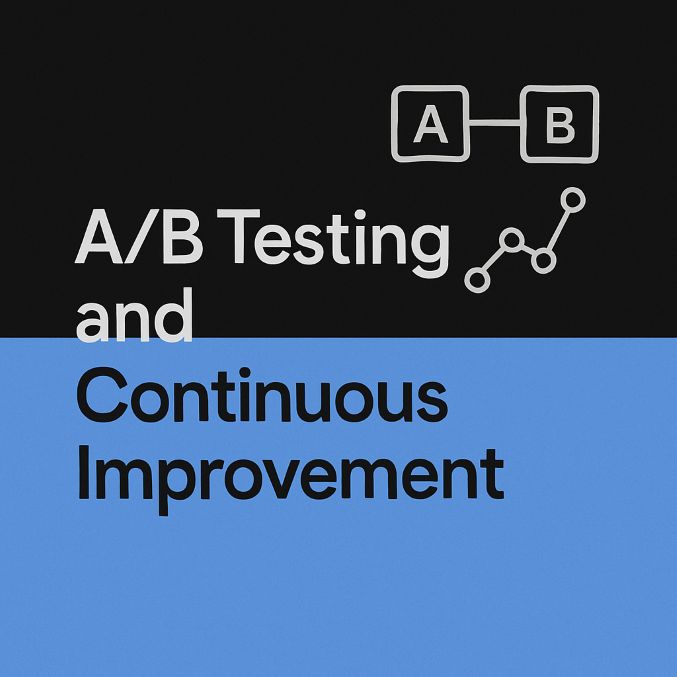
8. A/B Testing and Continuous Improvement
A/B Testing Methodology
Rigorous testing separates mediocre email programs from exceptional ones. Start by testing one variable at a time - subject lines typically have the biggest impact on open rates, while calls-to-action most influence click-through rates. For subject lines, test different emotional triggers (curiosity vs urgency vs benefit-driven), lengths (short vs detailed), and personalization approaches (first name vs company name vs no personalization). When testing send times, consider both time of day and day of week, keeping in mind that optimal times vary significantly by industry and audience demographics. Always allow tests to run until reaching statistical significance (typically at least 100-200 opens per variation) before declaring a winner.
Advanced Optimization Techniques
Beyond basic A/B testing, sophisticated email marketers employ multivariate testing to evaluate combinations of elements, heatmap analysis to understand how subscribers interact with email content, and holdout testing to measure long-term impact on customer lifetime value. Message frequency optimization balances the diminishing returns of sending too many emails against the lost opportunity of sending too few. List segmentation testing identifies which subscriber characteristics (demographics, past behavior, engagement levels) most strongly predict response to different message types. Continuous inbox placement monitoring ensures your emails aren't being filtered to spam or promotions folders without your knowledge.
9. Measuring Performance and Calculating ROI
Key Metrics and Benchmarks
While open rates and click-through rates provide basic engagement indicators, the most successful email marketers track metrics that directly tie to business outcomes. Conversion rate measures what percentage of recipients complete your desired action (making a purchase, signing up for a demo, etc.). Revenue per email calculates the average dollar value generated by each send. List growth rate and churn rate track the health of your subscriber base over time. Customer lifetime value from email-acquired customers demonstrates the long-term impact of your efforts. Benchmark against industry standards but focus primarily on improving your own baselines - average ecommerce email open rates hover around 20%, but top performers in some niches achieve 40% or higher.
Attribution Modeling
Properly attributing revenue to email campaigns requires sophisticated tracking beyond last-click attribution. Multi-touch attribution models account for the role email plays in early and mid-funnel touchpoints, not just final conversions. Implementing UTM parameters on all email links enables granular tracking in Google Analytics. Closed-loop reporting that connects email engagement data with CRM sales records provides the most accurate picture of email's full impact. Consider implementing a holdout group that doesn't receive promotional emails to measure the true incremental lift generated by your campaigns.
10. Maintaining Deliverability and Sender Reputation
Technical Setup Essentials
Deliverability begins with proper technical configuration. Authenticate your domain with SPF, DKIM, and DMARC records to prove your emails aren't spoofed. Set up dedicated IP addresses once your volume exceeds 50,000 emails/month to isolate your reputation. Implement a custom tracking domain to avoid looking like you're using shared infrastructure. Warm up new IP addresses gradually by slowly increasing send volume over 4-6 weeks. Monitor blacklists regularly and promptly address any listings. These technical foundations prevent many deliverability issues before they occur.
Engagement-Based Deliverability Strategies
Modern inbox providers like Gmail and Outlook heavily weight engagement metrics when deciding where to place your emails. Focus on maintaining strong open rates (above 20%), click rates (above 2%), and low spam complaint rates (under 0.1%). Implement a sunset policy that automatically removes persistently inactive subscribers (typically those who haven't opened any emails in 6-12 months). Promptly honor unsubscribe requests - it's better to lose an uninterested subscriber than have them mark you as spam. Segment your most engaged subscribers and prioritize sending to them to maintain positive engagement signals.
11. Scaling Your Email Program Strategically
Advanced Segmentation Strategies
As your list grows beyond basic demographics, implement behavioral segmentation based on purchase history, content engagement, and lifecycle stage. Predictive segmentation uses machine learning to identify subscribers most likely to convert, churn, or respond to specific offers. Real-time segmentation triggers messages based on live website activity or recent transactions. Lookalike modeling helps you find new subscribers similar to your best existing customers. These advanced techniques allow you to maintain personalization at scale.
Omnichannel Integration
Top-performing email programs don't operate in isolation but integrate seamlessly with other channels. Sync email subscriber data with your CRM for unified customer profiles. Trigger SMS messages when emails go unopened after 24 hours. Use email to retarget website visitors with display ads. Coordinate direct mail follow-ups to high-value email subscribers. This orchestrated approach creates multiple touchpoints that reinforce your messaging across channels.
12. Future-Proofing Your Email Marketing
Emerging Trends to Watch
Interactive email elements like AMP for Email will continue evolving, enabling more app-like functionality within messages. AI-powered content generation will assist (but not replace) human copywriters in creating personalized variations at scale. Privacy changes like Apple's Mail Privacy Protection require new approaches to tracking and optimization. First-party data strategies will become essential as third-party cookies disappear. Voice-enabled email interactions may emerge as smart speakers proliferate.
Building a Sustainable Strategy
Focus on building genuine relationships rather than exploiting short-term tactics. Invest in quality content that stands the test of time rather than chasing viral gimmicks. Develop systems and processes that allow your email program to scale without sacrificing personalization. Continuously educate yourself on industry changes while staying true to core email marketing principles that have endured for decades. By combining timeless relationship-building with cutting-edge technology, your email marketing will remain effective for years to come.

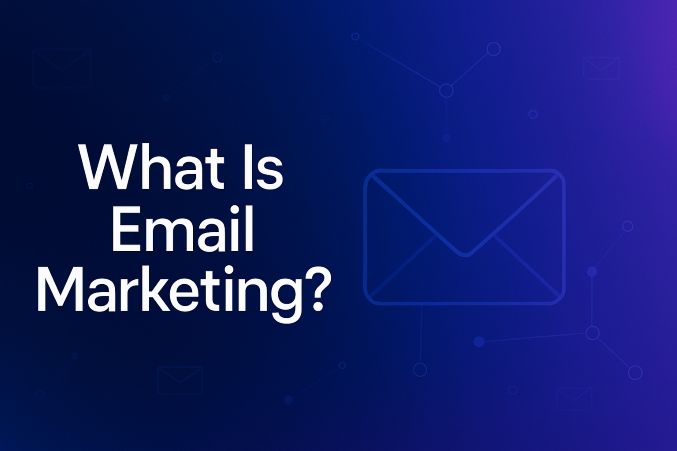
Comments
No Comments To Display